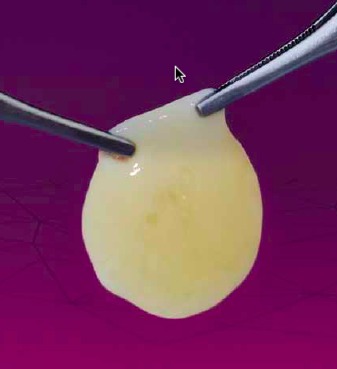 Bone and gum tissue loss, whether due to trauma or gum disease, has long been a limiting factor for patients seeking dental implants to replace their teeth. In such patients, Bone grafting techniques allow us restore missing or defective jaw bone and create sufficient foundation necessary for strong and long-lasting dental implant-supported teeth. Bone grafting procedures performed on a daily basis include extraction site bone grafting, onlay bone grafting, and sinus lift bone grafting.
Bone and gum tissue loss, whether due to trauma or gum disease, has long been a limiting factor for patients seeking dental implants to replace their teeth. In such patients, Bone grafting techniques allow us restore missing or defective jaw bone and create sufficient foundation necessary for strong and long-lasting dental implant-supported teeth. Bone grafting procedures performed on a daily basis include extraction site bone grafting, onlay bone grafting, and sinus lift bone grafting.
With advances in tissue engineering technology, we can now add the benefits of molecular and biological factors to enhance the healing process, bone and soft tissue regeneration, and ultimately the outcome. We use such biological factors in various oral surgery procedures like teeth extractions, dental implants, and bone augmentation with remarkable results. Here are the key tissue engineering techniques used in oral surgery and implant dentistry:
- Plasma Rich in Growth Factors (PRGF): Based on obtaining a preparation of proteins from the patient’s blood; these proteins have biological activity, among which are the growth factors to stimulate and speed up tissue regeneration. The process takes about 15 minutes, is safe, and without any side effects.
- rhPDGF: GEM 21S® Growth-factor Enhanced Matrix was developed utilizing innovative tissue engineering principles which combine a bioactive protein (highly purified recombinant human platelet-derived growth factor, rhPDGF-BB) with an osteoconductive matrix (beta-tricalcium phosphate, β-TCP). This completely synthetic grafting system is engineered to stimulate wound healing and bone regeneration by triggering a cascade of molecular events when implanted into the body that continues even after the implanted PDGF is gone.
- rhBMP2: Recombinant (engineered) human bone morphogenetic protein-2; a genetically engineered version of a protein everyone’s body produces naturally in small amounts to regulate bone growth and healing. rhBMP2 attracts body’s bone-building cells to the site and over time, new bone is formed. Bone grows where the rhBMP2 Bone Graft is placed, for predictable bone growth results.
- Platelet Rich Plasma (PRP): Derived from patient’s blood; a concentrated platelet component containing various growth factors are added to bone graft material to enhance healing and promote better bone and soft tissue healing.
Our core challenges in today’s dental implant dentistry are primarily the speed, aesthetics, and the stability of our treatments in the long term. Tissue engineering and regeneration technology is an exciting and evolving science that helps us face such challenges with great promising results.